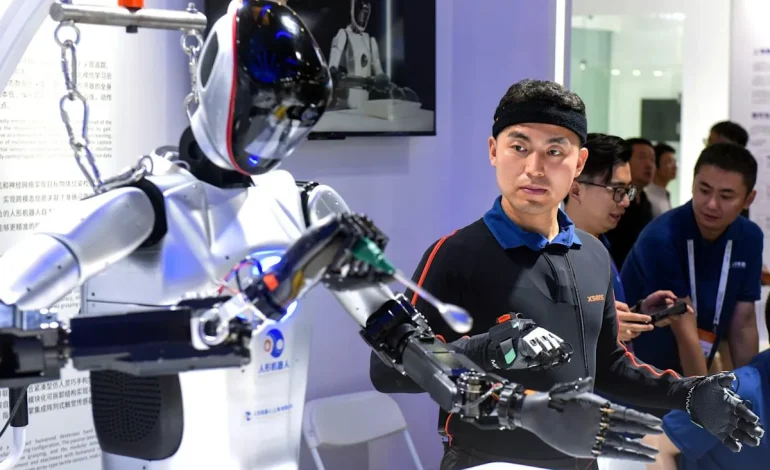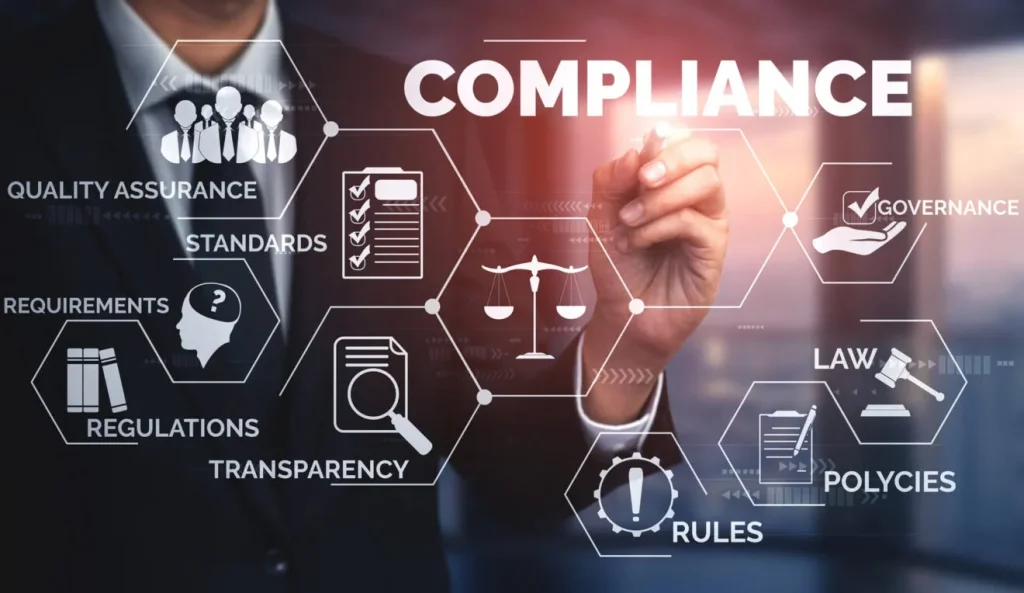China Announces New Regulations for AI-Driven Robotics

China’s Ministry of Industry and Information Technology (MIIT) has introduced new regulations to oversee the development and deployment of AI-driven robotics across industrial and service sectors. The guidelines aim to ensure that autonomous and semi-autonomous systems operate safely, ethically, and in compliance with national standards while fostering innovation in robotics and artificial intelligence applications.
The regulations cover multiple aspects, including technical safety, operational reliability, data protection, and ethical considerations. Enterprises developing AI-powered robots are required to implement rigorous testing protocols, maintain detailed operational records, and incorporate fail-safe mechanisms to mitigate potential risks. Additionally, the framework mandates adherence to cybersecurity and privacy standards, ensuring that sensitive data collected by robotic systems is securely managed and protected.
Industry sectors affected include manufacturing, logistics, healthcare, and smart city services. Manufacturers deploying collaborative robots (cobots) in assembly lines must comply with safety standards, monitor human-robot interaction, and validate performance metrics. In healthcare, AI-assisted robotic systems used for diagnostics, surgery, or patient monitoring must meet stringent accuracy and reliability requirements to guarantee patient safety and operational effectiveness.
Analysts note that these regulations provide clarity for developers and operators while balancing innovation with risk management. By establishing clear expectations for AI-driven robotic systems, China encourages responsible technological advancement and creates an environment of accountability and transparency. The rules are expected to drive standardization, improve interoperability, and promote ethical application across sectors.
Pilot programs in industrial hubs, including Shenzhen, Suzhou, and Hangzhou, are already implementing the new standards to assess compliance, identify operational challenges, and refine best practices. These programs offer insights into the practical application of regulations, enabling authorities to adjust policies and provide guidance for nationwide adoption.
The introduction of these regulations also signals China’s commitment to maintaining global competitiveness in AI and robotics. By combining regulatory oversight with innovation incentives, the country aims to advance cutting-edge robotics technologies while safeguarding societal and operational interests. Companies adhering to these guidelines are likely to benefit from enhanced credibility, market access, and alignment with national innovation priorities.






